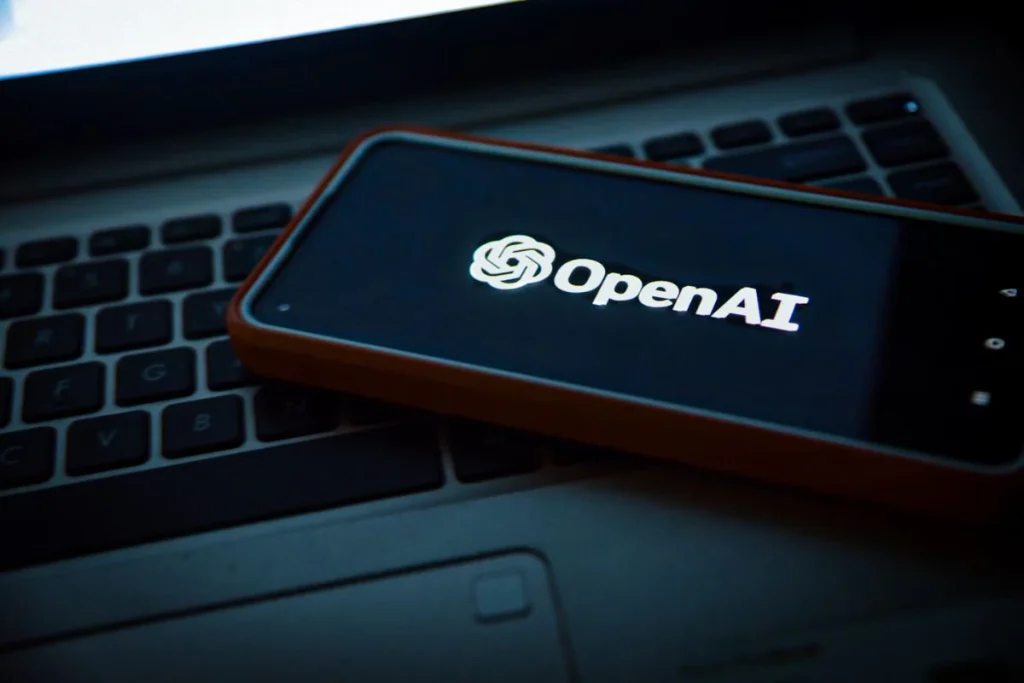OpenAI is taking another significant step in democratising AI-powered research. The San Francisco-based company has announced that its Deep Research agent, previously available only to paying subscribers, will now be accessible to all Chatgpt users. This expanded rollout comes with a “lightweight” version of the tool, powered by OpenAI’s newly introduced o4-mini model, designed to balance capability with efficiency under certain usage limits.
The announcement was made via OpenAI’s official X (formerly Twitter) handle, signalling a significant shift in how the company is positioning its research tools for mass adoption. While free users are now invited to experience Deep Research for the first time, subscribers on paid plans like ChatGPT Plus, Team, and Pro are being rewarded with increased query limits.
According to OpenAI, free-tier users will receive five lightweight Deep Research queries each month. Pro users, meanwhile, see their previous limit of 100 queries jump to 250. Plus and Team users will have access to 25 queries per month. Enterprise and Education (Edu) subscribers aren’t left out, their access is set to begin next week, mirroring the Team plan’s limits.
Also Read: OpenAI’s o1-Pro is the company’s most expensive AI model yet.
The lightweight version, though trimmed down to optimise processing costs, is said to retain almost the same level of intelligence as the full-powered version. While responses may be slightly more concise, OpenAI insists that the quality and accuracy of the information delivered will remain uncompromised.
Hands-on testing by Gadgets 360 reveals a smooth integration. The Deep Research icon is now conveniently located beneath the ChatGPT text field, alongside the reasoning icon. To use the agent, users simply input a primary research query. From there, ChatGPT intelligently asks follow-up questions to refine the scope before diving deep into the research process — a journey that can take anywhere from five to thirty minutes.
The experience feels thoughtfully designed: the AI’s chain-of-thought (CoT) is transparently displayed in a sidebar, offering users an inside look at the research progression. Even better, sources are clearly cited, both inline and at the bottom, ensuring accountability and allowing users to verify information quickly. OpenAI’s move comes just weeks after Google expanded access to its own research AI, suggesting that the race to dominate AI-powered information retrieval is officially heating up.



1 Comment
Pingback: boAt Launches Chrome Horizon Smartwatch